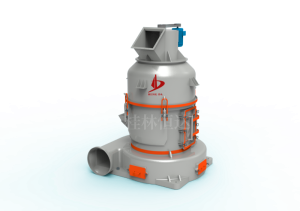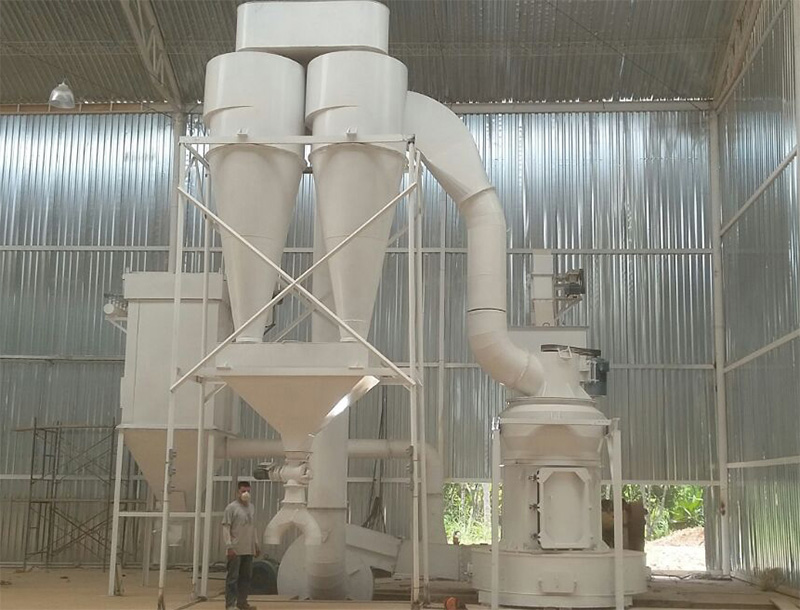What is talc
Talc is a hydrothermal alteration mineral. Magnesite-rich minerals are often changed into talc by hydrothermal alteration, so talc often presents the appearance of olivine, engentite, hornblende, trebole and other minerals. Talc is a common silicate mineral that is very soft and has a smooth feel. Ten minerals have been chosen to represent ten levels of hardness, called Mohs hardness, of which the first (and softest) is talc. Soft talc can make white marks instead of chalk. Talc is generally massive, vane-like, fibrous or radial, white in color, off-white, and will contain other impurities with a variety of colors.
Monolingual talc is widely used, mainly in the following areas:
1. Cosmetic grade: used for all kinds of skin powder, beauty powder, talcum powder, etc.
2. Pharmaceutical-food grade: pharmaceutical tablets, pharmaceutical powders (such as akafol powder) icing, prickly heat powder and Traditional Chinese medicine prescriptions, food additives, isolators, etc.
3. Coating grade: used for white physical pigment and all kinds of water-based, oil-based, resin industrial coatings, primers, protective paint, etc.
4. Paper grade: used for all kinds of paper and cardboard filler, wood asphalt control agent.
5. Plastic grade: used as filler for polypropylene, nylon, polyvinyl chloride, polyethylene, polystyrene and polyester plastics.
6. Rubber grade: used for rubber filler and anti-stick agent of rubber products.
7. Cable grade: used for cable rubber additive, cable isolator.
8. Ceramic grade: used for manufacturing electric porcelain, wireless electric porcelain, various industrial ceramics, architectural ceramics, daily ceramics and porcelain glaze, etc.
9. Waterproof material grade: used for waterproof rolling material, waterproof coating, waterproof ointment, etc. (10) fine talc: used in advanced paint coatings, plastics, cable rubber, cosmetics, copper paper coatings, textile lubricants, etc.
10. Fine talc: used in advanced paint coatings, plastics, cable rubber, cosmetics, copper paper coatings, textile lubricants, etc.
Talc powder processing process:
Stage 1: crushing
The feeding fineness (less than 30mm) of talc bulk material crushed by crusher can enter the mill.
The second stage: material grinding
Small pieces of broken talc material are sent to the raw material bin by the elevator, and then sent to the grinding room of the mill by the vibration feeder. After grinding, the grinding materials are graded by the analysis machine. Those whose fineness meets the specifications flow into the big cyclone collector with the wind. After collection, the fineness is discharged into the finished product through the discharge valve.
Stage 3: Storage or packaging of finished products in cans
The finished products discharged from the discharge valve are transported to the finished product tank for storage by pneumatic conveying equipment.
The finished products discharged from the unloading valve are packaged in small packages by double-mouth packaging machine.
③ The finished products discharged from the unloading valve are packed by tons of chartered aircraft.









